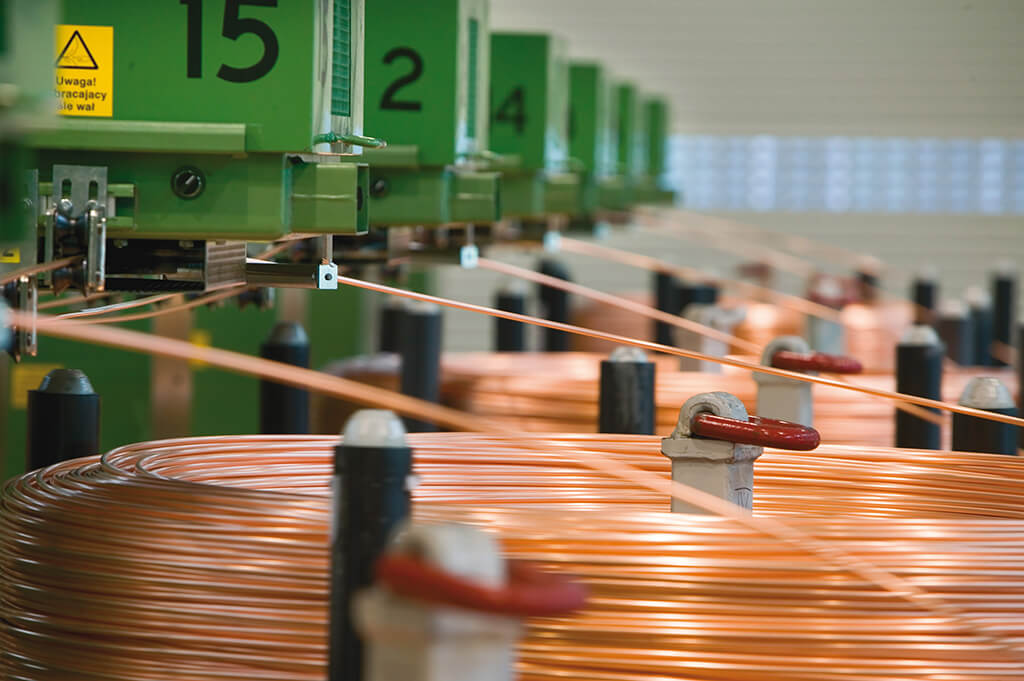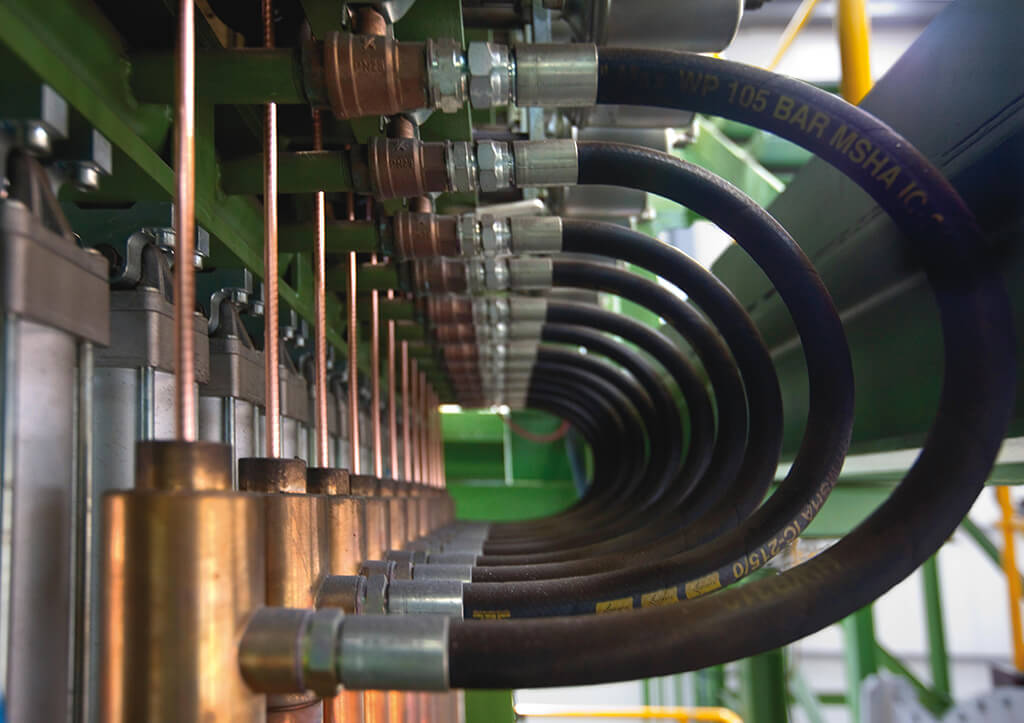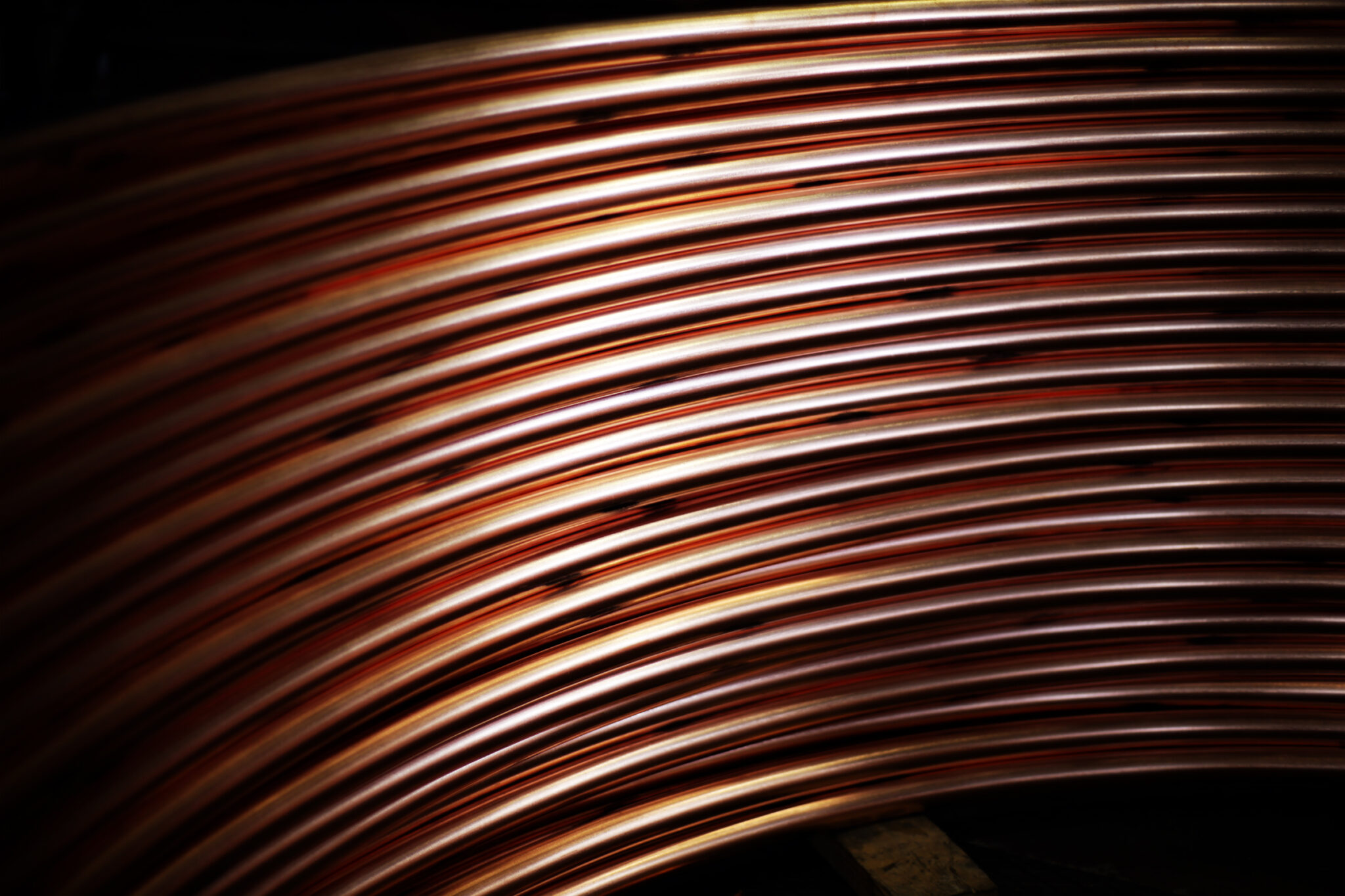The coming decades of copper
The coming decades will bring along technology leaps and major changes to many energy related technologies. The world will see a shift of paradigm, and we will be surprised about the range, variety, scale and speed of the changes. In these changes, copper will play a significant role, due to its unique conductivity, durability and recyclability, writes Pia Voutilainen, Director at Scandinavian Copper Development Association.

Upcoming changes include a transition to a variety of new energy producing and storing technologies, the development of advanced, energy efficient heating and cooling technologies, recovering and making increasingly good use of waste heat and heat losses, all accompanied by smarter systems to enable the most efficient production, storing, distribution and use of energy.
At the same time, it is necessary to keep in mind how a large share of the global population live out of reach of electricity, running water, sewage systems and heating and cooling. Inevitably all necessities and conveniences that the developed world is already enjoying shall be extended to less developed parts of the world. To prevent or at least mitigate an explosive increase of missions from material and energy production, mankind has to make sure that new investments are based purely on sustainable technologies. This may not even be enough; carbon dioxide will need to be utilized for something useful, instead of heating the atmosphere, like synthesizing new minerals, growing food, algaes for energy production or forestation.

The necessity for a road transport revolution is easy to see in existing metropolises.
Revolution in transport is needed
Energy transition includes the development of road and land transports, which many experts say is the easiest item to tackle and is doable in two decades. Also, in transports, and even maybe most likely there, the technological leap will astonish us. The necessity for a road transport revolution is easy to see in existing metropolises. The trend is towards urbanization all over the world, and congestion on roads will be solved with new smart thinking over the whole concept of mobility. Wasting precious time from a working day in an inefficient and polluting means of transport shall be solved within a timespan that would be hard to believe. Owning a car may well be only useful in very rural distant places, and personal mobility may be developed on a service basis and self-driving vehicles in cities. Generations younger than 30 years already think very differently than previous generations about leasing, renting, sharing and borrowing goods. Ownership is no longer something to strive for. This is just one example of a revolutionary shift of paradigm, which will cause a big change in the everyday life of people.
A lot has to change, much needs to be done. Global warming has not yet shown any sign of shifting towards a decreasing trend. Too many investments are still being made in the energy sector to conventional technologies and energy forms. Renewable energy producing technologies, energy efficiency improving technologies, non-climate-heating heating and cooling technologies, smart systems in hardware and software, and smart transportation, all have copper as a key material due to its characteristics that enable sustainability. We will see an increased demand for copper and added innovativeness in copper uses.
Global growth will not stop. The world will become smaller and smaller for more people. The wealth and health of the global population has improved, along with education reaching more and more people. There is and will be plenty of capacity and willingness in the world to make the necessary changes come true. Politically, much more unity is needed in understanding how globalization works in a way that is constructive and not destructive.

We will see an increased demand for copper and added innovativeness in copper uses.
Copper plays an important role
Global material supply chains need to be sustainable from cradle to circularity. Copper also has a brilliant record in this aspect. Smelting copper minerals to metal is done by utilizing their embodied energy content from oxidizing iron and sulphides, producing sulphuric acid and many valuable by-product metals. Produced heat energy is always recovered as steam and used to electricity production, and condensate is used for heating utilities inside and where applicable, also dwellings outside production facilities. Valuable minor elements, such as precious metals, PGMs and rare earths, originating from ores or recycled feed are recovered by refining by-products. Intensive research is ongoing to further improve yields of rare elements.
Millennials will be in charge to innovate and implement the major technological leaps.
Copper is also recycled well back into new products after its use. Its lifetime is hardly ever terminated by reasons due to the copper itself, but almost always due to an end of the technical lifetime of the appliances in which it is used. New recycling methods are developed to be able to handle the ever growing complexity of material mixes in advanced applications. We need to pay attention to design for circularity and develop recycling methods for products at the same time as new products are designed. All new innovations need to contribute to sustainability and sustainability needs to follow the whole value chain, including an assessment of necessity, footprint and lifetime aspects all the way through the product design span. There will be a scarcity of some elements needed in advanced innovations, and before this occurs, new recycling technologies have to be in place. Improving logistics for collecting post consumer scrap require attention and investments to avoid losses to waste dumps.

Global material supply chains need to be sustainable from cradle to circularity.
Strive for a sustainable future
Millennials and today’s teenagers will be in charge in the coming decades to innovate and implement these major technological leaps. Wisdom and broadmindedness are required to manage everything in a sensible manner and avoid disruption. I believe that many of you readers of this magazine belong to the same generation with me. Our task is to make the society open and positive to upcoming big changes. Global political consensus has to be achieved. We shall give courage and confidence to younger generations to look into the future as a feast of opportunities and possibilities. We should avoid emphasizing and concentrating on threats and bad prophecies.
Dear UPCAST Users, you can be proud of your selection of the most sustainable casting technology and contributing to the combat against climate change as an important player in the supply chain of one of the most sustainable materials in a key role enabling the technological breakthroughs.
